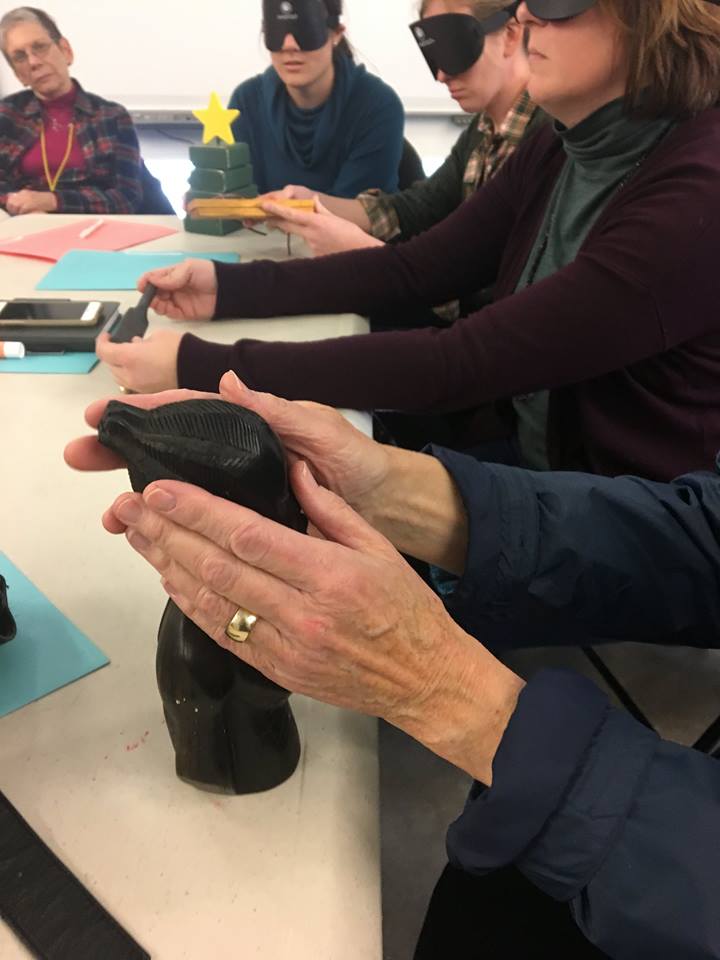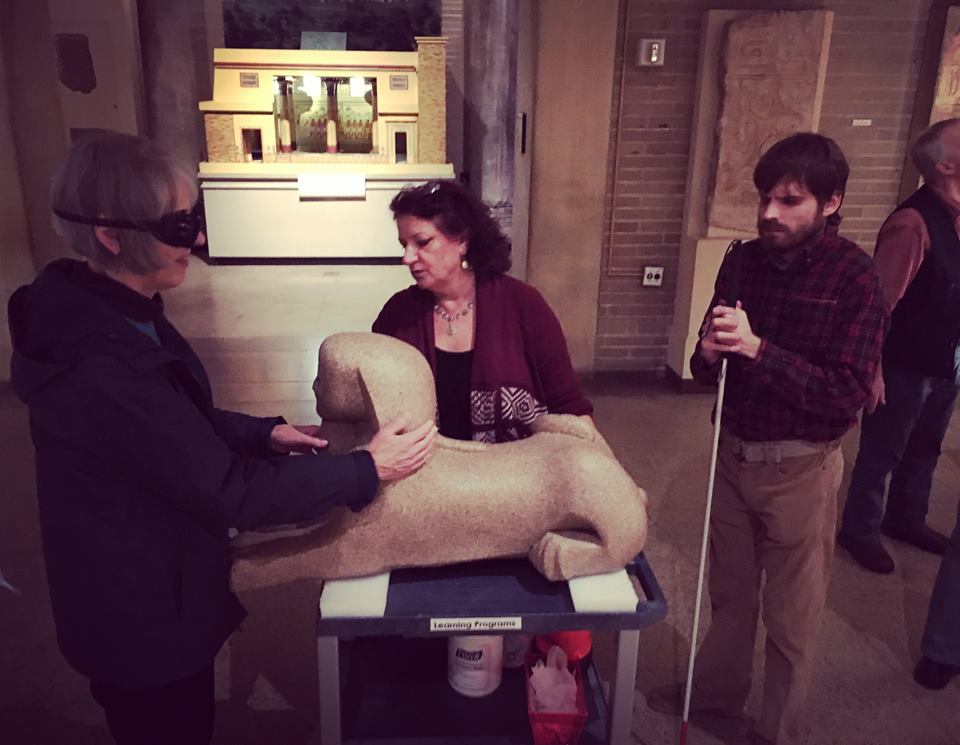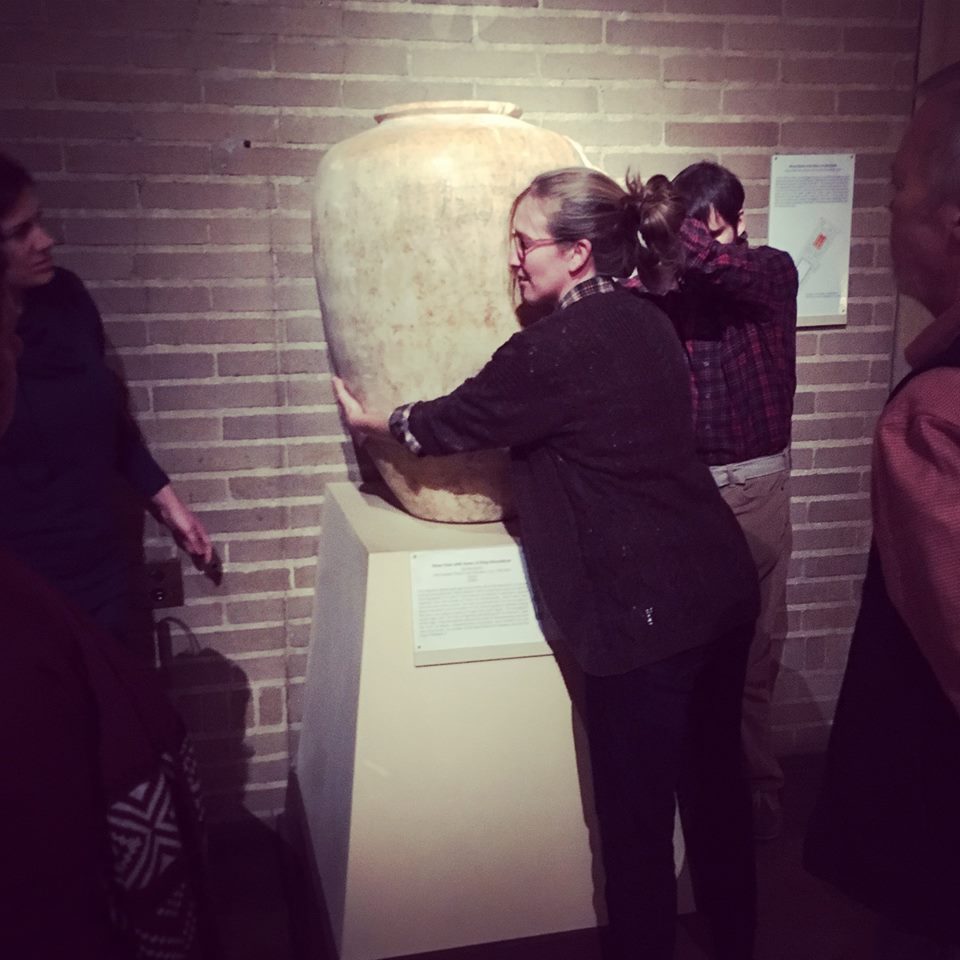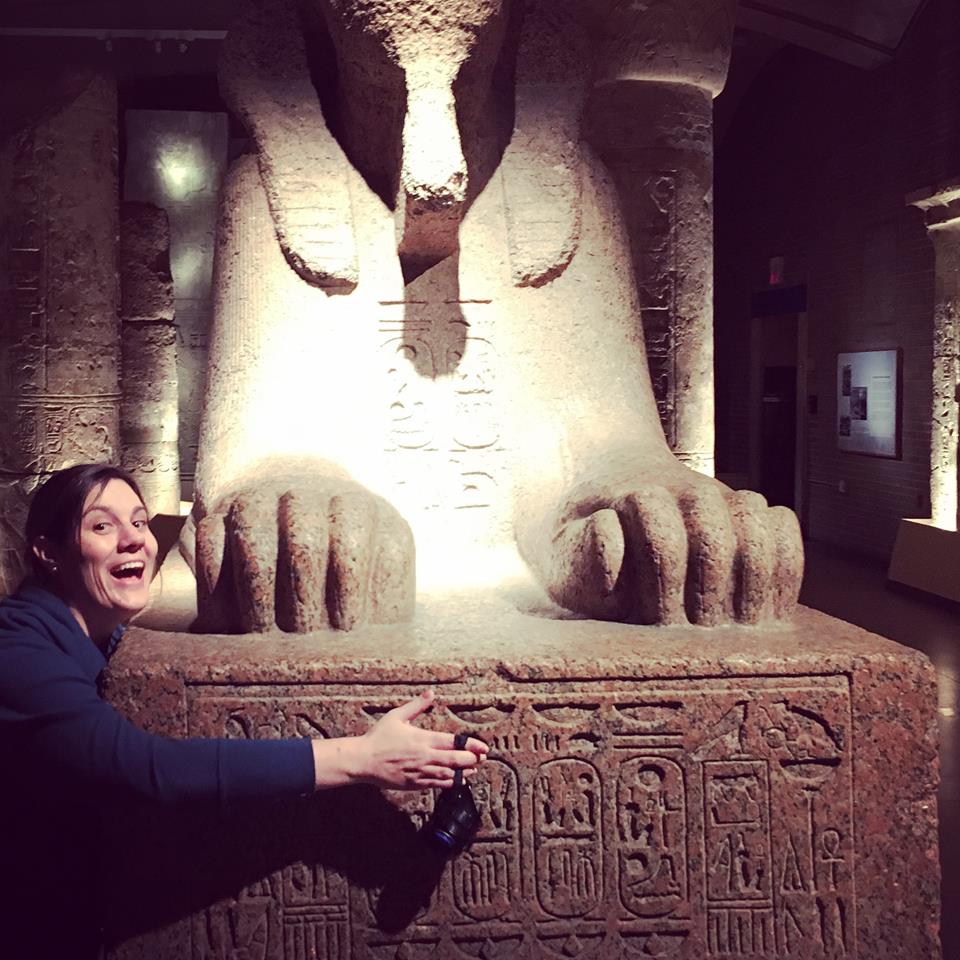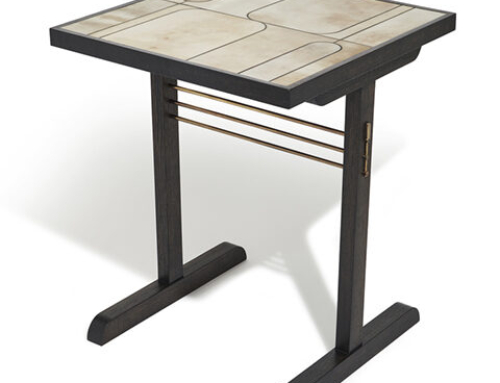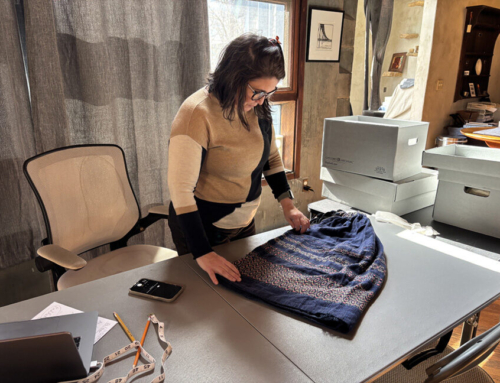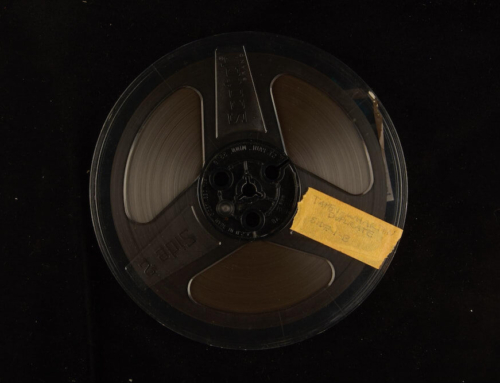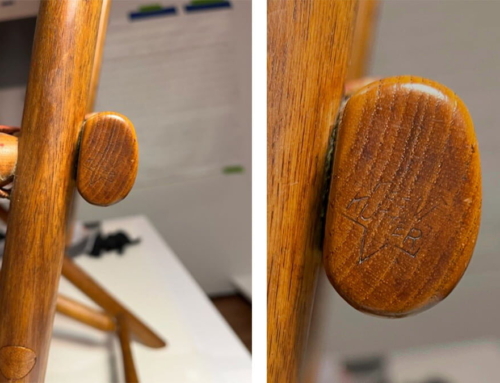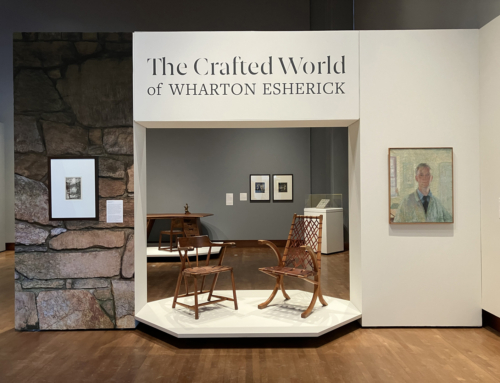At the Wharton Esherick Museum we encourage you to reach out and feel the edge of the Drop Leaf Desk or the elegant post of the Spiral Library Ladder. The connection that happens through touch is unique. We regularly see our guests’ faces light up when they can feel and experience Wharton’s forms for themselves, bringing them closer to understanding his creative brilliance.
Well, this isn’t a new policy, so why am I waxing poetic about the power of the kinesthetic experience? Last month a small group of staff and docents from the Wharton Esherick Museum participated in Accessibility Training with Philly Touch Tours and the experience was unforgettable – and it made total sense with what we value here at WEM.
As stated on their website, Philly Touch Tours provides accessibility consulting, sensitivity training and instructional workshops for cultural and educational institutions and inclusive, sensory tours and experiences for people with vision loss in and around the Philadelphia area. Our training took place at the Penn Museum led by the refreshingly good-humored and authentic Philly Touch Tours staff (Trish Maunder, Austin Seraphin and Katherine Allen) and their wonderful volunteers.
Essentially, training with the Philly Touch Tour group gave us the tools and the foundation for envisioning a Touch Tour here at the Wharton Esherick Museum. Our training included a discussion on sensitivity (everything from verbal, body language and other etiquette, to misconceptions and stereotypes) and then shifted into Sighted Guide and description techniques. There are more steps to go, but we are now on a path towards offering tours designed for visitors with vision loss.
In the final stage of the training we headed to the Egyptian Gallery, donning goggles designed to simulate a variety of vision conditions, and help us stay focused on our sense of touch and on the cues from our Sighted Guides. We explored hieroglyphs and cartouches with our fingers and trying to keep up with the brilliant docents. The exercise was humbling and I felt keenly aware of how much I default to my sense of vision and shortchange the rest. Sight is fast information (or at least it can be), but a Touch Tour doesn’t work that way. We covered four objects in two hours, just four, and that was enough- the process was so engrossing.
I was also struck by the value of physical memory, which Trish Maunder (Creative Director and co-founder of Philly Touch Tours) drew our attention to. The volumes I was experiencing (or hugging as it were!) had become connected to my own scale and existence in the world, making it memorable in a more immediate way. The training was a reminder in the importance of tactile experiences and the transformational potential they can have. It was a reminder of the strengths of what we have to share at the Esherick Museum and how to build upon them. It was a reminder to give artworks the time and meditation they deserve.
Foremost, the training was a lesson in the power of diversity to enrich all of our experiences. All of us at WEM are excited to create a universally accessible environment and share Wharton’s work with as many people as possible, in as immersive a way as possible. As Philly Touch Tours likes to say “Seeing might be believing, but when you touch, you know!”
Post written by Visitor Experience and Program Specialist, Katie Wynne.

